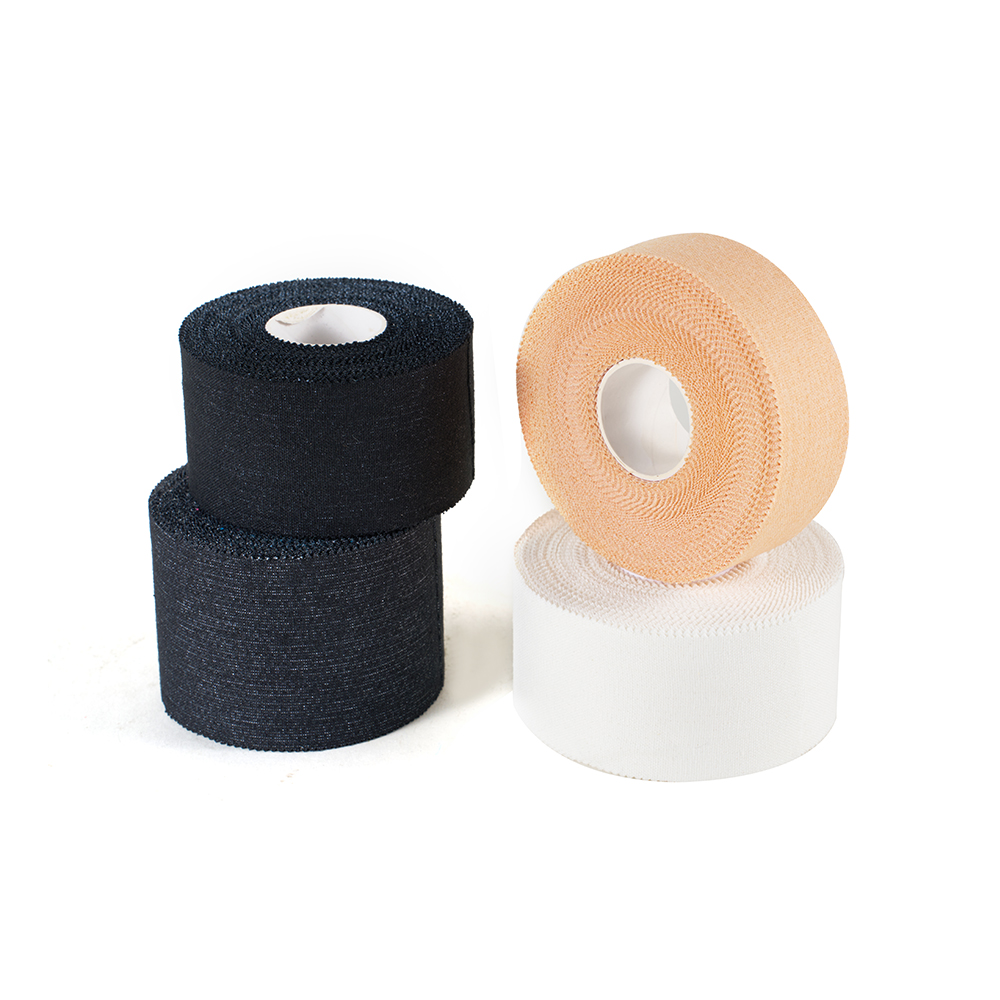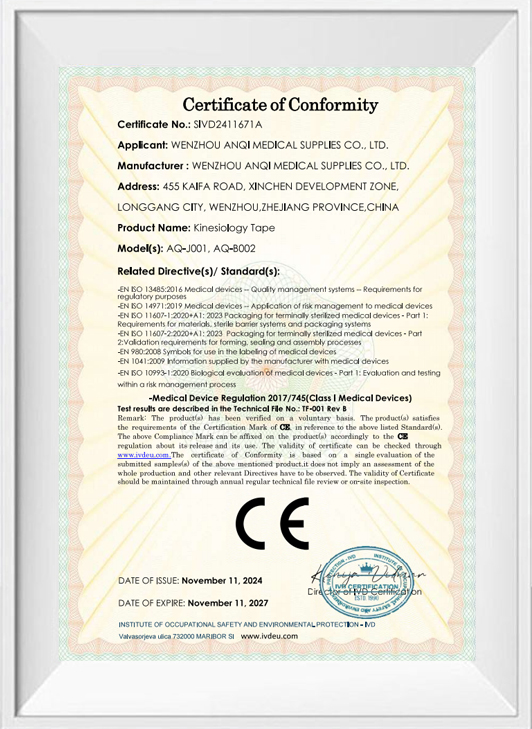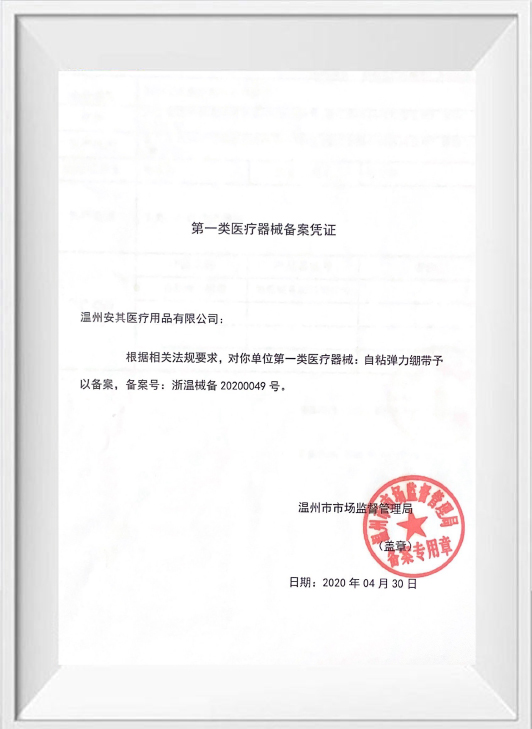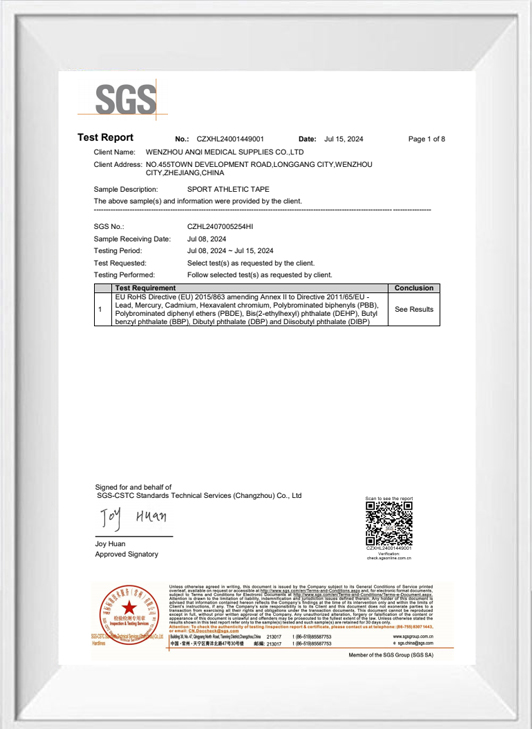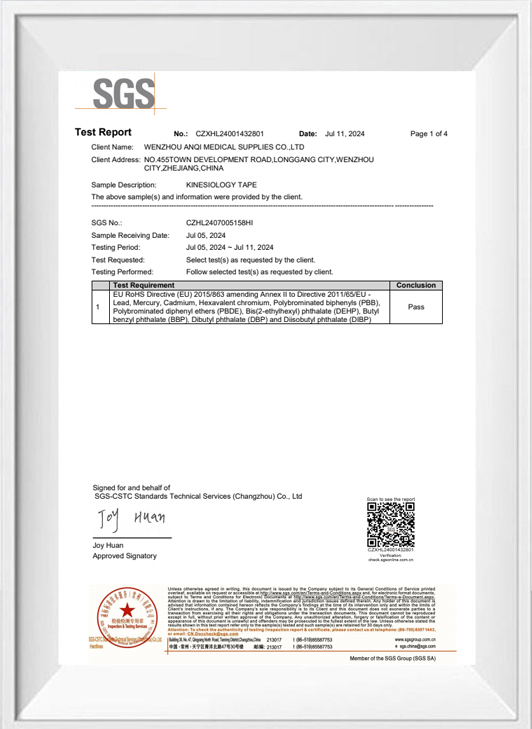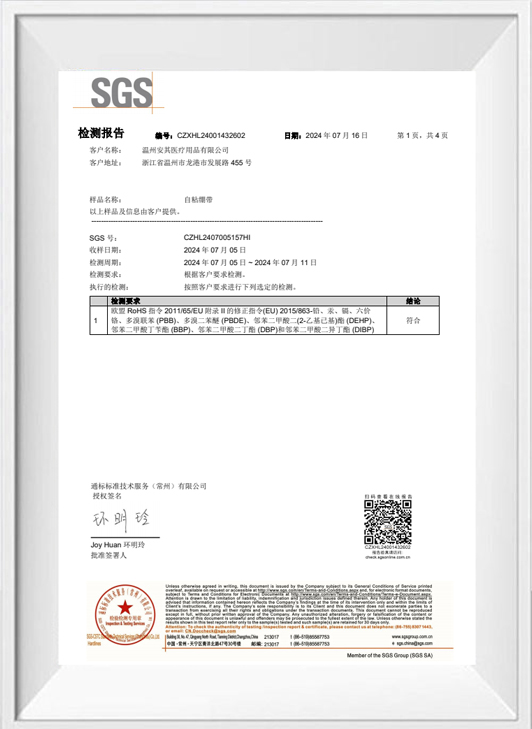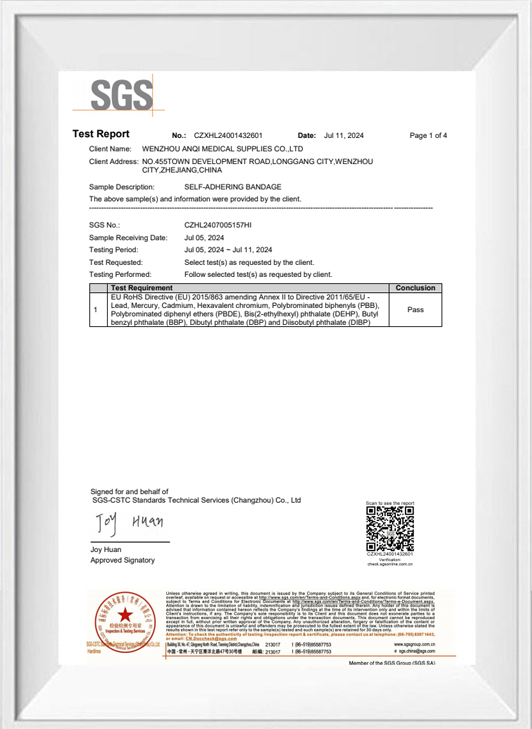Athletic tape is a ubiquitous sight in gyms, on playing fields, and in rehabilitation clinics. Cotton sport tape, often referred to by its common name...
READ MORE
-
-
The market for body-shaping and lingerie-related products has grown substantially over the past decade. Among these products, the Boob Tape Breast Lif...
READ MORE -
Precut Kinesiology Tape For Knee has become a popular tool for athletes, physiotherapists, and individuals recovering from knee injuries. Its design p...
READ MORE -
Understanding When to Replace Your Boob Tape Breast Lift Tape The step in the replacement process is knowing when it's time to say goodbye to your cur...
READ MORE
What Is the Production Process of Sports Adhesive Tapes?
The production process of sports adhesive tapes involves several steps that ensure both functionality and safety for users. These tapes must adhere firmly during physical activity while being gentle enough to avoid skin irritation. As a result, the manufacturing process is carefully designed and quality-controlled.
The step involves selecting the base fabric. Common choices include cotton, synthetic blends, or rayon. Cotton is widely used for its breathability and comfort, while synthetic materials provide better water resistance and durability. The fabric is typically woven to ensure the tape has enough flexibility or rigidity depending on its purpose—elastic for kinesiology tape and non-elastic for rigid sports tape.
Next, the fabric is treated with an adhesive layer, usually a medical-grade acrylic or zinc oxide adhesive. Acrylic adhesives are commonly used for elastic tapes due to their skin-friendly and hypoallergenic properties. Zinc oxide adhesives are often used for rigid tapes to ensure strong adhesion during intense activity.
The adhesive is applied using a controlled coating process, followed by drying or curing under heat to ensure consistency. The fabric is then cut into rolls or pre-cut strips and packaged under hygienic conditions.
Throughout production, quality control checks monitor key features like adhesive strength, stretchability, and skin compatibility. These standards help ensure that the tape performs reliably across different sports and conditions, from casual training to professional competition.
How to Use Cotton Sports Tape Correctly?
Cotton sports tape is a versatile tool, typically used for joint stabilization, injury prevention, and providing additional support to ligaments and muscles. However, its effectiveness greatly depends on how it is applied.
Before applying the tape, the skin should be clean and dry. Any lotions, oils, or moisture can reduce the tape's adhesive quality. If necessary, excess hair may be trimmed to improve adherence and minimize discomfort during removal.
Next, assess the area to be taped. For joint support—such as on the ankle or wrist—pre-wrap may be applied to protect the skin and add comfort. However, pre-wrap can reduce adhesion slightly, so in some cases, the tape is applied directly to the skin for better stability.
When wrapping, tension and direction matter. Cotton sports tape should be applied firmly but not so tight that it restricts blood flow or causes numbness. Overlapping the tape by about half of its width helps maintain consistent support across the area. For joints, taping should be done in a way that limits excessive movement without completely immobilizing the area.
After application, test the tape by moving the joint gently to ensure it feels secure but not too tight. During activity, monitor for any signs of discomfort, such as tingling, swelling, or a change in skin color, which may indicate over-tightening.
Where Is the Cost-Effectiveness of Athletic Sports Tape?
The cost-effectiveness of athletic sports tape lies in its ability to provide affordable, preventative care and performance enhancement without the need for expensive medical equipment or interventions. While some premium brands come at a higher price point, many standard options offer reliable quality at accessible prices.
Athletic tape helps prevent injuries by supporting joints and muscles, reducing the likelihood of sprains or strains. This can potentially save athletes from costly treatments, physical therapy sessions, or extended recovery times. In this way, it functions as a small investment that can prevent larger expenses down the line.
Additionally, for those recovering from minor injuries, athletic tape offers a low-cost tool to extend mobility and aid recovery. When used under the guidance of a healthcare or fitness professional, taping can support rehabilitation, allowing athletes to continue training with reduced risk.
The reusability and adaptability of some tapes also contribute to cost-effectiveness. While cotton tape is typically single-use, rolls come in bulk and can be cut to size, usage. For teams or fitness centers, buying in larger quantities often reduces per-unit cost significantly.

 English
English русский
русский 中文简体
中文简体 Español
Español Deutsch
Deutsch عربى
عربى